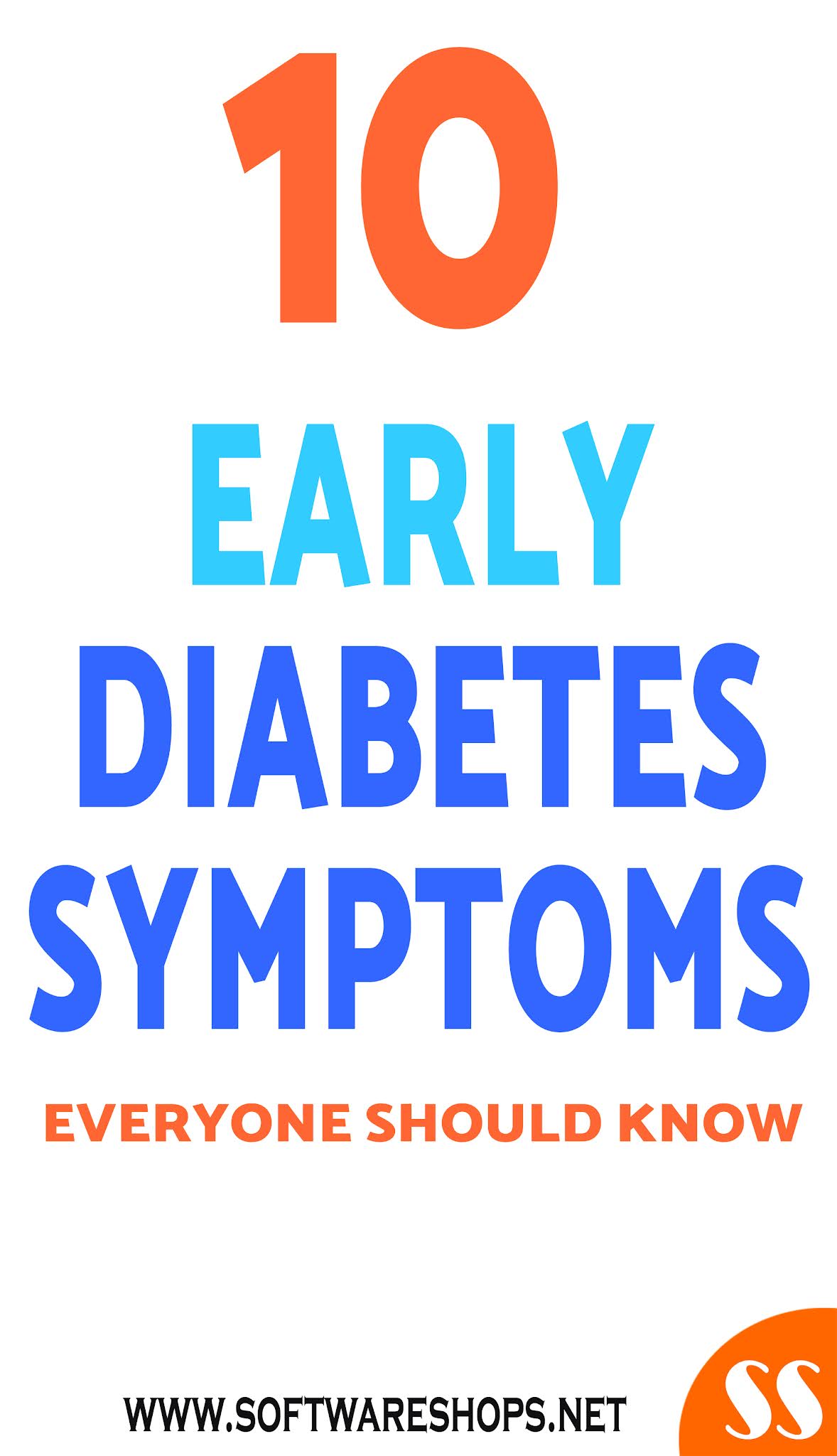Diabetes, Symptoms, Signs Diabetes the “silent disease”
Early detection and treatment can have a profound impact on your long-term health. A 3-year delay in diagnosis increases your relative risk of heart disease by 29%.
The early symptoms can go unnoticed for months or years. In fact, 1 in 3 people with type 2-diabetes doesn’t know they have it. Most actually do experience the early signs but don’t realize or understand what they are.
EARLY DETECTION
It is important to know the signs and symptoms of diabetes to detect the disease early and get it under control before any irreversible damage is done to the body. Recent studies indicate that early detection and treatment of diabetes can decrease the chance of developing complications from the disease.
Diabetes has often been referred to as a “silent disease” for two reasons:
1) Many people with Type 2-diabetes walk around with symptoms for many years but are not diagnosed until they develop a complication of the disease, such as blindness, kidney disease, or heart disease;
2) There are no specific physical manifestations in individuals with diabetes.
Therefore by knowing what to look for, you can take control of the situation before it takes control of you.
DIABETES SYMPTOMS IN CHILDREN AND ADULTS
1. Increased urination is arguably the most common:
In both types of diabetes are the feeling of the need to visit the washroom frequently. The body tries to get rid of the excess sugar through the urine and hence, one feels the need to urinate within very short periods of time.
2. Excessive thirst, even at night, is a classic early sign of diabetes:
As excessive urination not only eliminates the extra sugar present in the body but also large amounts of water, the individual may suffer from the problem of dehydration. Due to this, she may experience excessive thirst and urination throughout the day which is another symptom of diabetes.
3. Feeling extremely hungry (even after just eating a meal):
One of the typical type 2 diabetes symptoms in women is excessive eating i.e. polyphagia. When a person has this type of diabetes, the level of insulin is very high in the body. As insulin aids in stimulating hunger, too much insulin in the body may make the person feel hungry.
4. Unexpected and unintentional weight loss:
Unexplained weight loss is one of the common type 1-diabetes symptoms in women. With this type of diabetes, the body is unable to use all the calories that the food provides, even though the person follows a healthy diet. Due to this, the person loses weight, even without trying to do so.
5. Unusual fatigue and feeling very weak:
Apart from these physical symptoms, some psychological symptoms may also be seen in women affected by diabetes. They may experience extreme lethargy, agitation, and sometimes may also feel irritable.
6. Tingling (pins and needles) or numbness in hands or feet.
7. Blurred vision is an early diabetes symptom:
Prolonged high blood glucose can cause glucose absorption in the lens of the eye, which leads to changes in its shape, resulting in vision changes.
8. Itchy or dry skin:
A number of skin rashes that can occur in diabetes are collectively known as diabetic dermadromes.
9. Darkening of skin:
One possible sign that you may be at risk of type 2-diabetes is darkened skin on certain parts of the body. Affected areas can include the neck, armpits, elbows, knees, and knuckles.
10. Cuts or wounds that are very slow to heal.
Diabetes is detected through a blood glucose test, and experts recommend that an adult over age 35 with a family history of diabetes or other risk factors
(such as being overweight) should consider asking their physicians for a blood test annually. The earlier diabetes is detected, the earlier complications may be treated and/or prevented.
#diabetes #sugar #symptoms #healthtips
